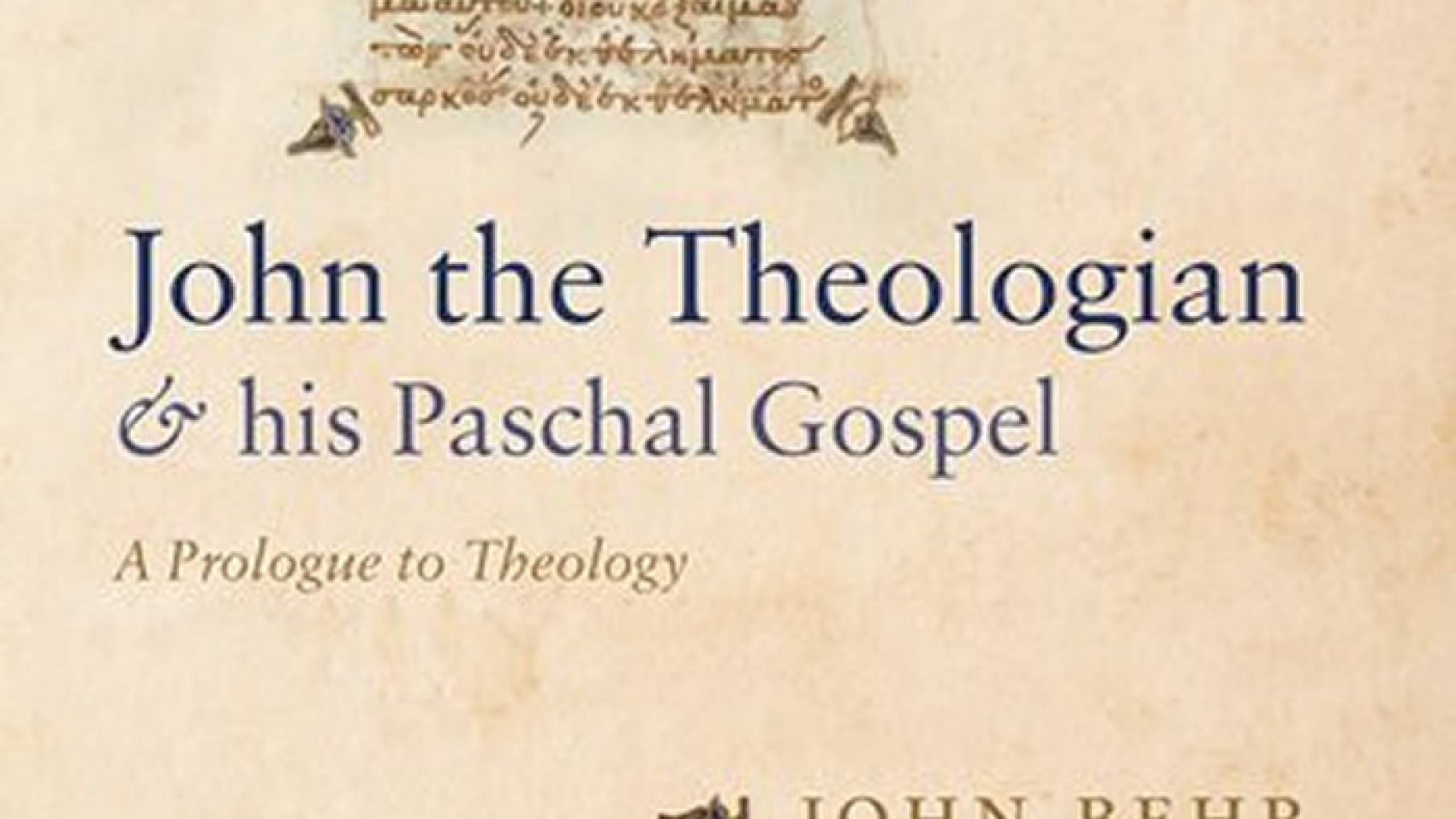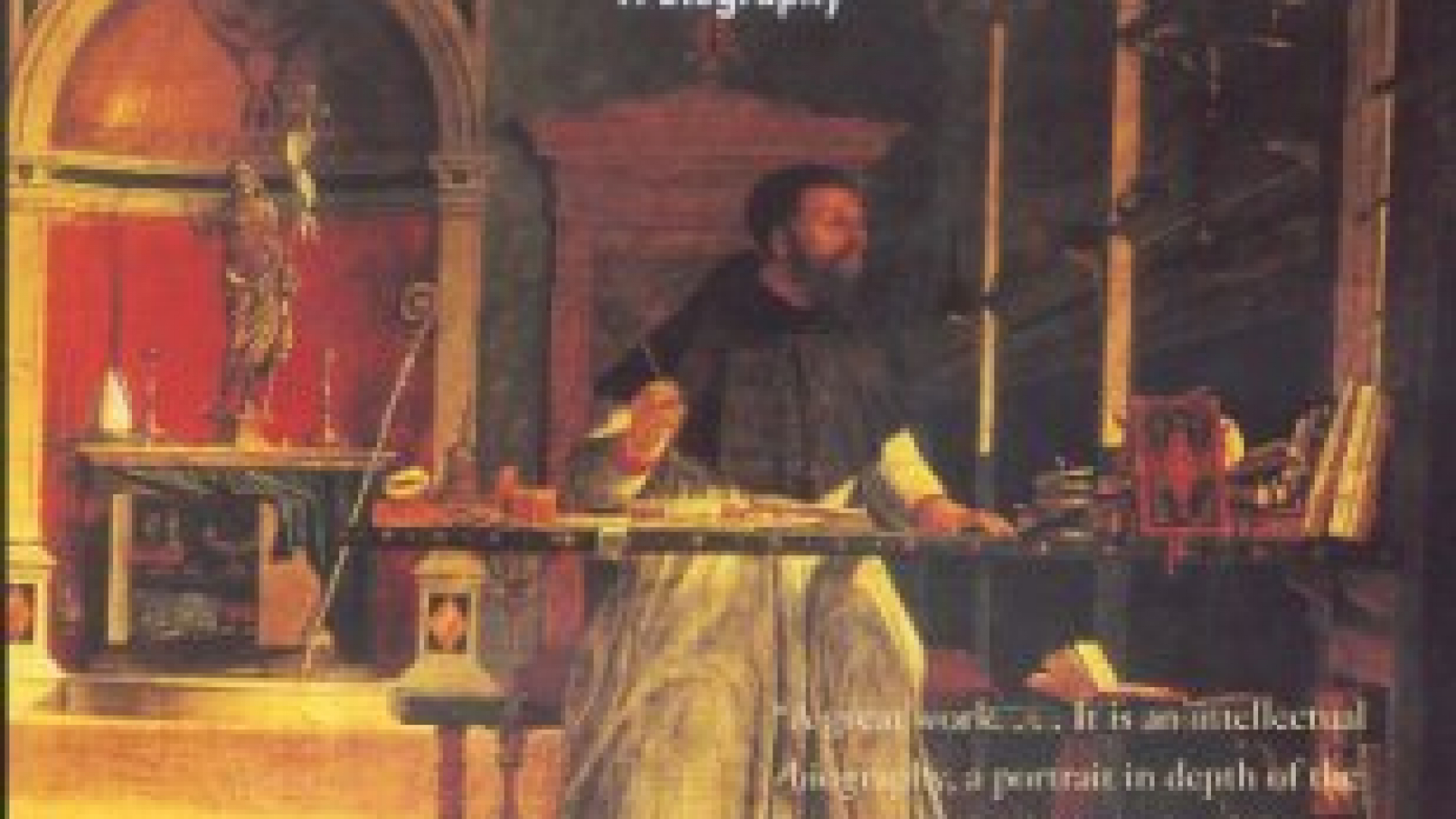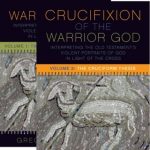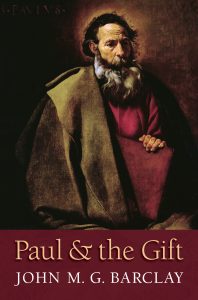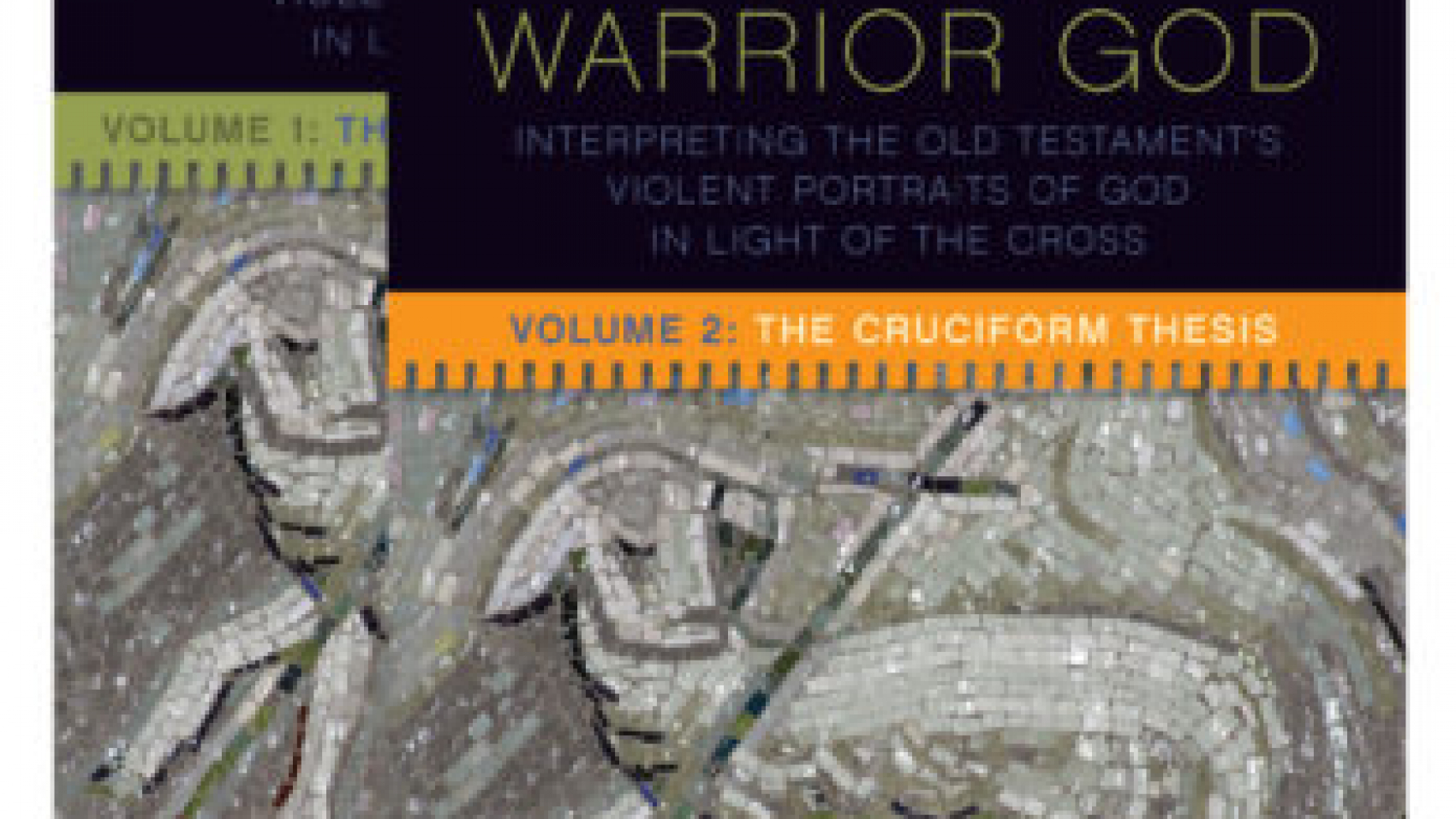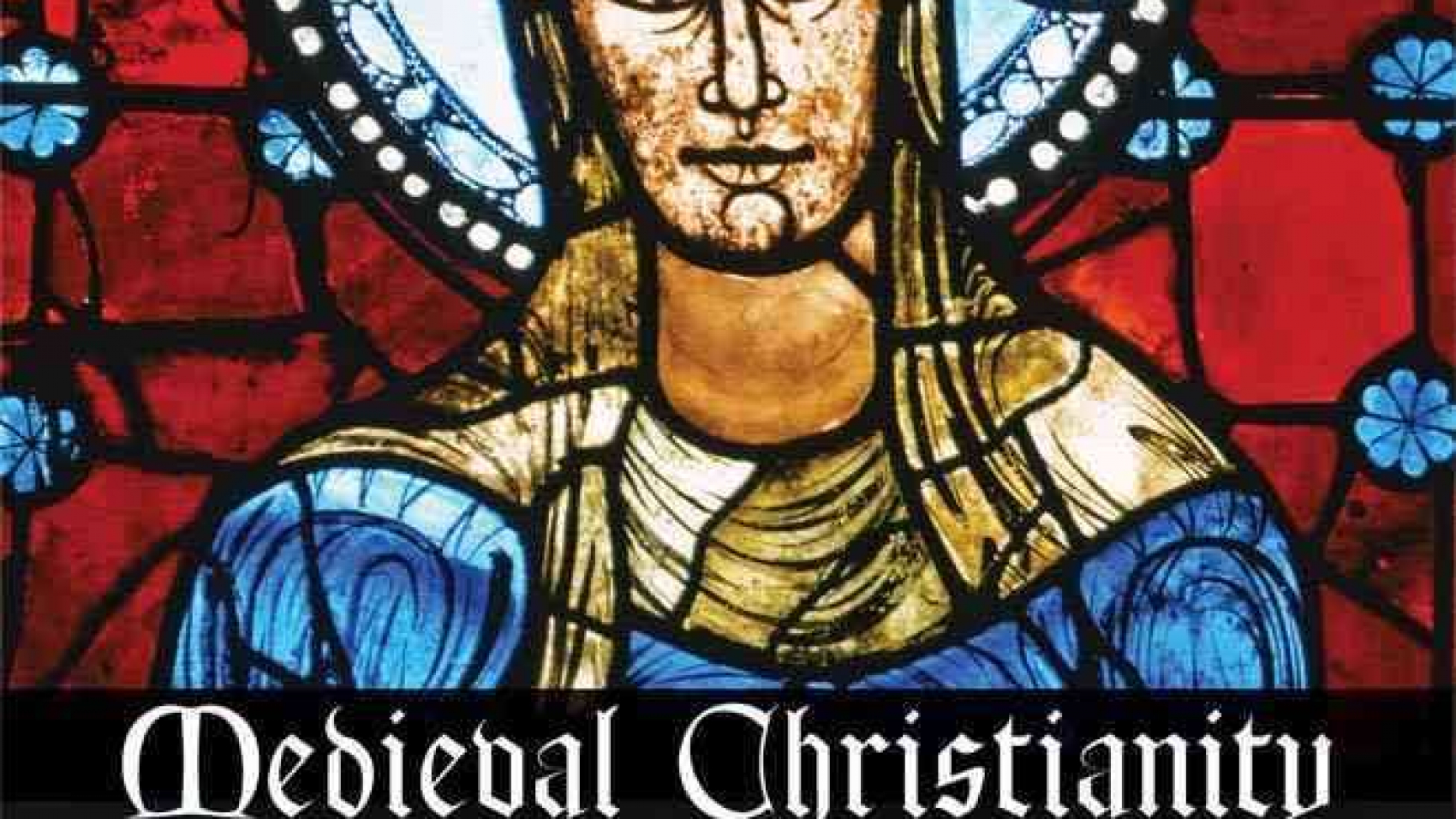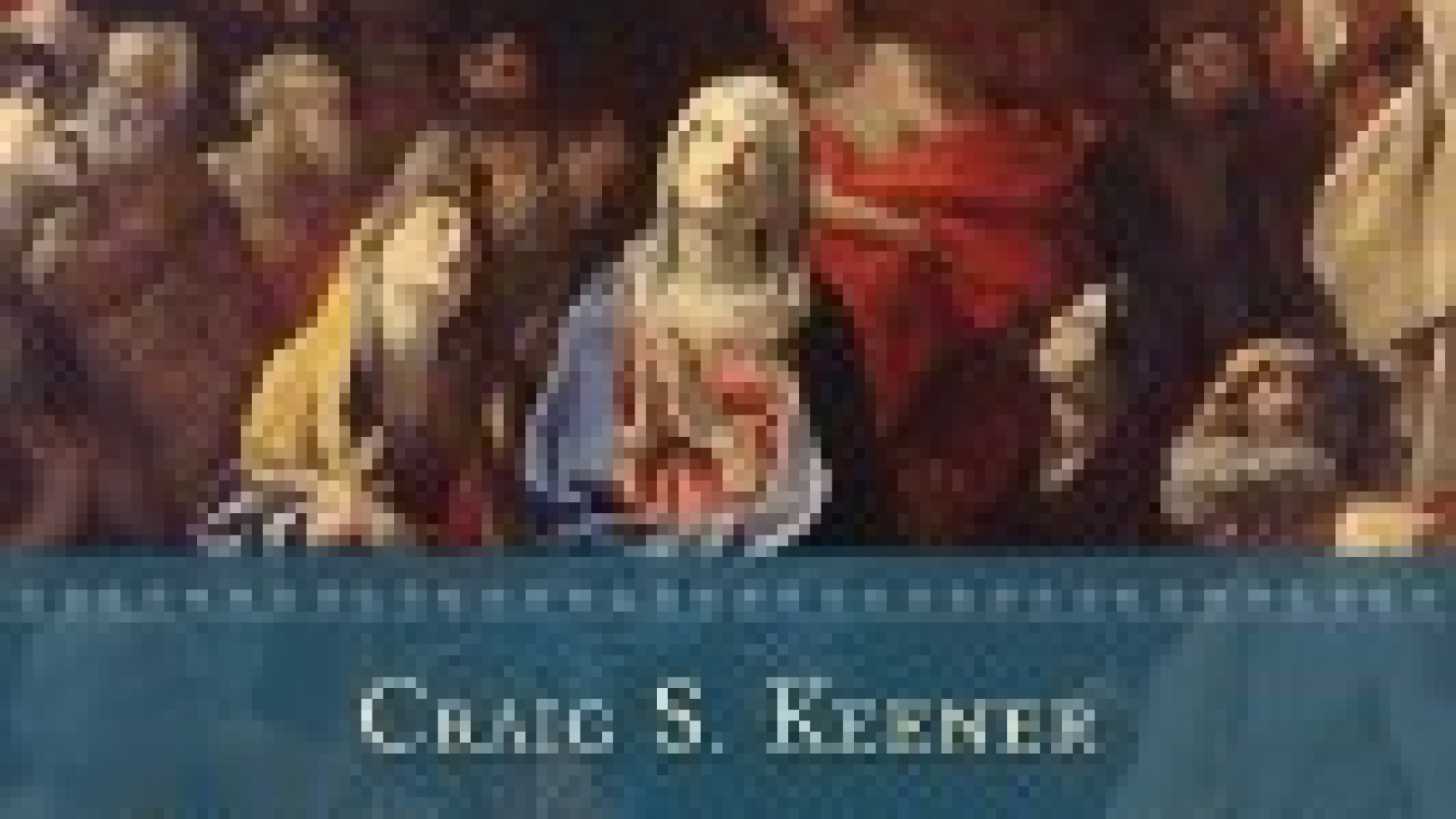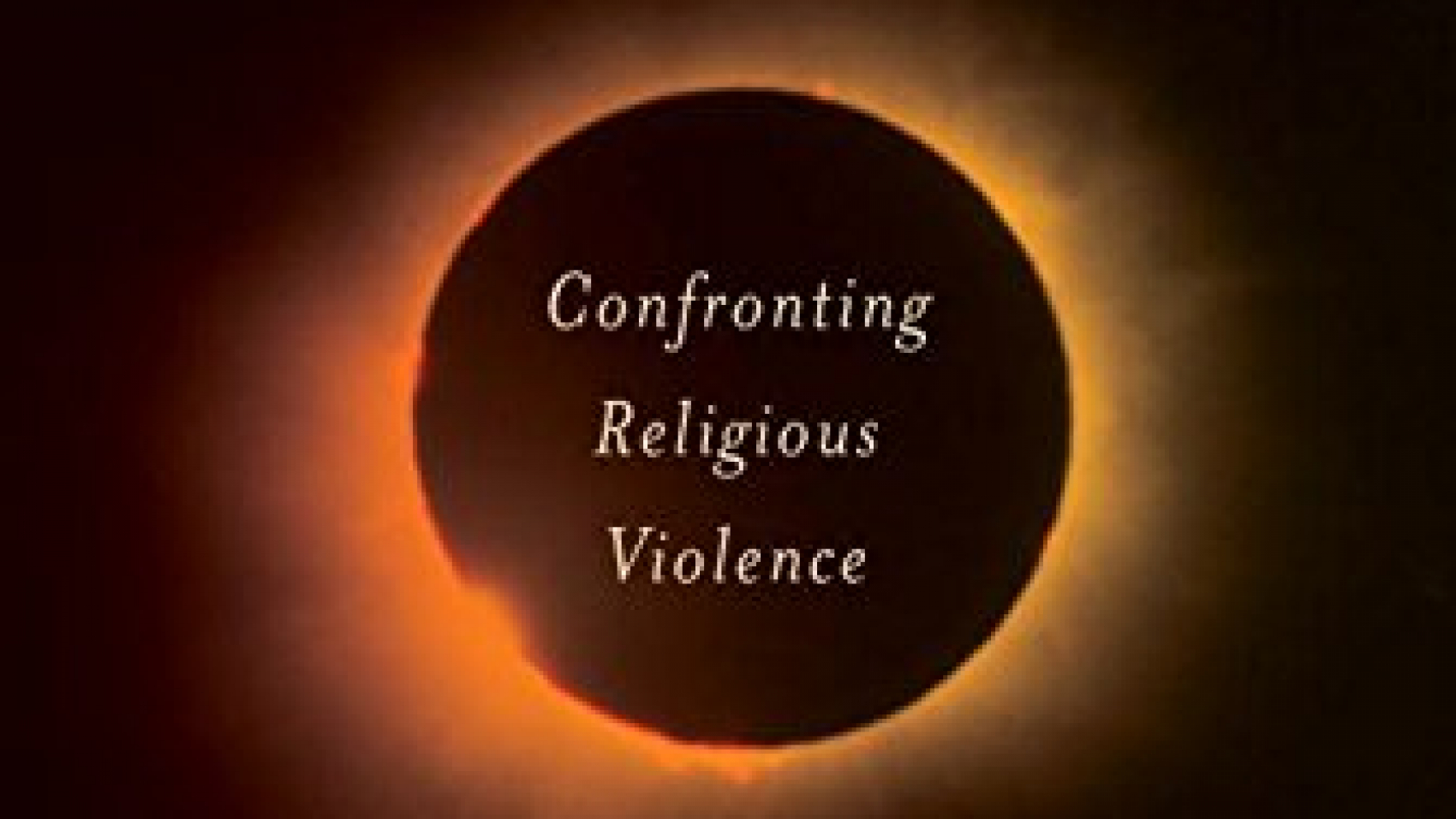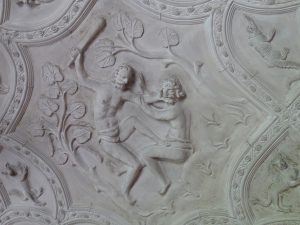Augustine of Hippo…
There is admittedly something strange about posting a review of a book whose first edition was published fifty years ago. Even its second edition will soon be turning twenty. My initial thought was that Peter Brown’s classic biography of Augustine (d. 430), bishop of the North African port city of Hippo Regius, might provide one way of engaging with the surprisingly little-marked five-hundredth anniversary of the Reformation’s “first year”.[1] Augustine had, of course, departed for greener pastures over a millennium before Johann Tetzel first cast his unseemly shadow upon the backwater town of Wittenberg. But as students of the Reformation will know, Augustine’s writings and––perhaps more importantly––his authority carried no small weight during the proceedings. Both Roman Catholics and the Magisterial Reformers were determined to keep the venerable Church Father on “their side”. And was it not, after all, a cantankerous Augustinian friar that is credited with causing all that fuss in the first place?
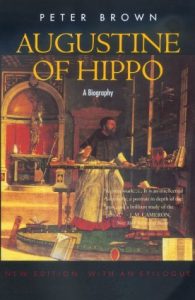 Martin Luther was Augustinian in more than one sense, however. Evidently he belonged to an order that among other things followed a rule traditionally attributed to the North African bishop. But he was also Augustinian insofar as aspects of his thought were shaped, or perhaps empowered, by encountering Augustine’s work directly––especially the latter’s anti-Pelagian writings. Yet it is a further sense of Luther’s Augustinianism that perhaps best explains why Augustine is important not only for grappling with the legacy of the Reformation but also for understanding the very trajectory of the western intellectual tradition.
Martin Luther was Augustinian in more than one sense, however. Evidently he belonged to an order that among other things followed a rule traditionally attributed to the North African bishop. But he was also Augustinian insofar as aspects of his thought were shaped, or perhaps empowered, by encountering Augustine’s work directly––especially the latter’s anti-Pelagian writings. Yet it is a further sense of Luther’s Augustinianism that perhaps best explains why Augustine is important not only for grappling with the legacy of the Reformation but also for understanding the very trajectory of the western intellectual tradition.
Luther, simply put, was Augustinian in the same way that pretty much any other medieval person was Augustinian. The most succinct way of explaining why, is two-fold: 1) Augustine was a prodigious thinker and voluminous writer, whose breadth and depth of erudition were unmatched during his lifetime and well beyond; and 2) the collapse of Roman civilization in the West produced conditions in which his writings, and those of a select number of others, would be ascribed a remarkable degree of authority. In the latter case, it was as if Augustine’s opinions were like so many stones chosen from among the imperial rubble, now repurposed to provide a foundation upon which a discernibly medieval cultural architecture could arise. As a result, right through the Middle Ages to the Reformation and then well beyond, his influence can be detected in so many areas of philosophy and theology, from human psychology to Just War theory and from soteriology to ecclesiology.[2] Such, then, is Augustine’s undeniable importance within the western tradition. And yet, however ironically for an author of the highly personal Confessions, this very “importance” has often succeeded in obscuring the man himself.
Augustine has suffered from a way of retelling history that latches onto great figures of the past, such that their monumental personalities come to dwell in some metaphorical pantheon to which all students must display at least a passing awareness. So grand in the imagination, looming in all their authoritative grandeur over the course of history, he––like too many others––has become prone to caricature. And this is why Peter Brown’s study is so valuable. Brown seeks to understand Augustine, not as the monumental “Great Church Father of the West”, but as a North African pagan-turned-bishop who grappled with fundamental questions of human existence as the sun began its rapid descent on the western Roman Empire. In short, Brown offers a person in place of a façade.
It is the second edition of Brown’s book that I have had the great pleasure of reading. The first edition was composed in the 1960s and by Brown’s later admission was discernibly influenced by such sixties’ concerns as power, psychology, and sociology––though, interestingly enough, not so much by sex. That text actually remains unrevised in the present volume. Brown explains in the foreword that he thought it best not to modify what he had written some thirty-odd years’ earlier. Too much scholarship had been produced in the intervening years to incorporate it feasibly. And, even more importantly, there was the substantial discovery of a number of Augustine’s letters and sermons in the interim that had shed new light on his pastoral activity. These had the result of softening Brown’s perception of the bishop, leading him to doubt his earlier judgement that Augustine’s personality had progressively hardened with age.
And then there is the perspective that comes from experience. When Brown first published the book he was already an accomplished, if relatively junior, scholar. In the following decades, his reputation would only continue to grow as a historian of the highest order. He has been recognized for decades now as one of the foremost authorities on religious culture in Late Antiquity (dating roughly, in his estimation, from the mid 3rd to the early 8th century)––a field he has done much to define at the expense of the periodization known in impolite society as the “Dark Ages”. On the basis, then, of the intervening scholarship, the discoveries, and his own thirty years’ worth of experience, Brown chose to add two substantial chapters (“New Evidence”; “New Directions”) to the end of the original work. Considering the subject matter, this is entirely fitting. Toward the end of his life, Augustine also cast his mind back upon his previous works and issued his own Retractions.
Brown charts the course of Augustine’s life, from his birth as Aurelius Augustinus in Thagaste, a town in Roman North Africa, now Algeria, to his death in Hippo Regius (“Royal Port”), during the Vandal siege of the city. He generally follows the lead of the Confessions when covering his subject’s first decades. Augustine is an exceptionally bright student, who, while not being the most virtuous of young men, was nevertheless able to gain both an excellent education and, finally, an impressive teaching position in Milan. Along the way, his restless spirit led from one philosophical or religious system (at the time, there was not much of a difference) to another until it finally found its rest in a garden, sobbing in surrender to the God of his mother Monica.
Following Augustine’s conversion, Brown continues to trace a historical trajectory but increasingly devotes chapters to major literary offerings (The City of God; On Christian Teaching), controversies (Donatism; Pelagianism), and fundamental aspects of Augustine’s thought (“people of God”; “origin of grace”). Throughout, Brown’s lucid prose carries the reader across a cultural landscape that is at times both strange and eerily familiar.
There are too many important revelations in the biography to enumerate here, so I’ll just choose one that might be of some interest: a contextual rendering of Augustine’s fascination with sexual desire.[3] As Brown points out, in the Confessions it is not Augustine’s pre-conversion sex-life, but that episode as a youth in which he and his friends steal pears for the sheer joy of it that continues to haunt him. Indeed, relative to the heroic asceticism of some of his peers, who lived in the shadow of the martyrs’ self-renunciation, Augustine was a moderate when it came to sex. His sermons show a surprisingly sympathetic concern for the love lives of ordinary married people. The more ascetically-minded had imagined Adam and Eve as chaste angels, with sex being but a product of the Fall. Augustine, on the other hand, envisioned Adam and Eve as engaging in a kind of pure sexual intimacy, flowing from perfect friendship. The trouble, from his perspective, was that only a shadow remained of that ideal, now haunted and haunting by an often uncontrollable lust. So then, while Augustine positively acknowledges the importance of sex in the lives of his married congregation, he nevertheless continues to attend to it as both the evidence of, and the means by which, Adam’s guilt is passed down through the generations. Not any more palatable to a “sexually liberated” modern audience, perhaps, but hardly evidence that Augustine is the prime mover behind Christian sexual repression as he is too often misrepresented.[4]
Augustine’s fascination with “the pear episode” might seem evidence of an all-too-sensitive conscience, made all the worse for it being forged into a cynical doctrine of human incapacity. But Brown will not allow us so convenient a way out. He points to Augustine’s attentiveness to the fact that for all the goodness in the world––and he does acknowledge it!––human beings, even babies at the breast, have more than a habit of enjoying things that, on a better day, the watching world acknowledges to be wrong, even evil. That is to say, we so often do the things we know we ought not to do. The human will, in Augustine’s view, is incapable of seeking its own good without help.
It is, therefore, on the basis of experience that Augustine concludes that human beings, whatever their best efforts and intentions, are fundamentally incapable of attaining fullness of love and life without receiving God’s unmerited grace. This underlies so much of Augustine’s thought, especially his participation in the principal controversies that dogged his pastoral and theological career. In his view, Donatists abused the grace of God by setting themselves up as a “perfect” church, counter to the “traitorous” Catholic church in North Africa. Similarly, Pelagius denied the gift of grace as a result of his calls for a more ascetically “perfect” Christian, insofar as he believed that human beings were naturally endowed with the capacity. Pelagius, it could be said, speaks fluently to the liberal mind––but he could not have been a pastor, and was clearly not a parent. And yet, in the bitterest of ironies, these conflicts over the nature of grace were too often marked by its absence.
Where Brown’s initial edition falters, his later additions typically offer a satisfying remedy. There is a little too much of the bishop at the expense of the pastor, too much of the Neoplatonist at the expense of the Christocentric theologian. His chapters on the Confessions and On Christian Teaching are at turns both illuminating and frustrating. The former suffers from the aforementioned imbalances, missing the broader pastoral implication of the work––a stunning testament to God’s gracious redemption of human frailty, as given by a rising star who would rather air out his dirty laundry before the watching world than bask in the glow of his achievements. The latter identifies Augustine’s educational platform but not its intended theological significance––a loving knowledge, learned and taught. But these criticisms do little to take away from the greater whole, which is simply masterful.
Peter Brown’s biography of Augustine is, therefore, a faithful representation of its subject matter in content and in form. Like Augustine, Brown is less interested in the heroic, in the monumental. He recognizes that the truth is in the details, laboured over and attended to. His book offers nuance, not as a show of cleverness, but for the sake of empathy. You do not need to like Augustine, but Brown will make sure that you have come some way in understanding him. The result, in the last analysis, is both an excellent introduction to Augustine and a superb example of historical scholarship. I could not recommend this book more highly.


